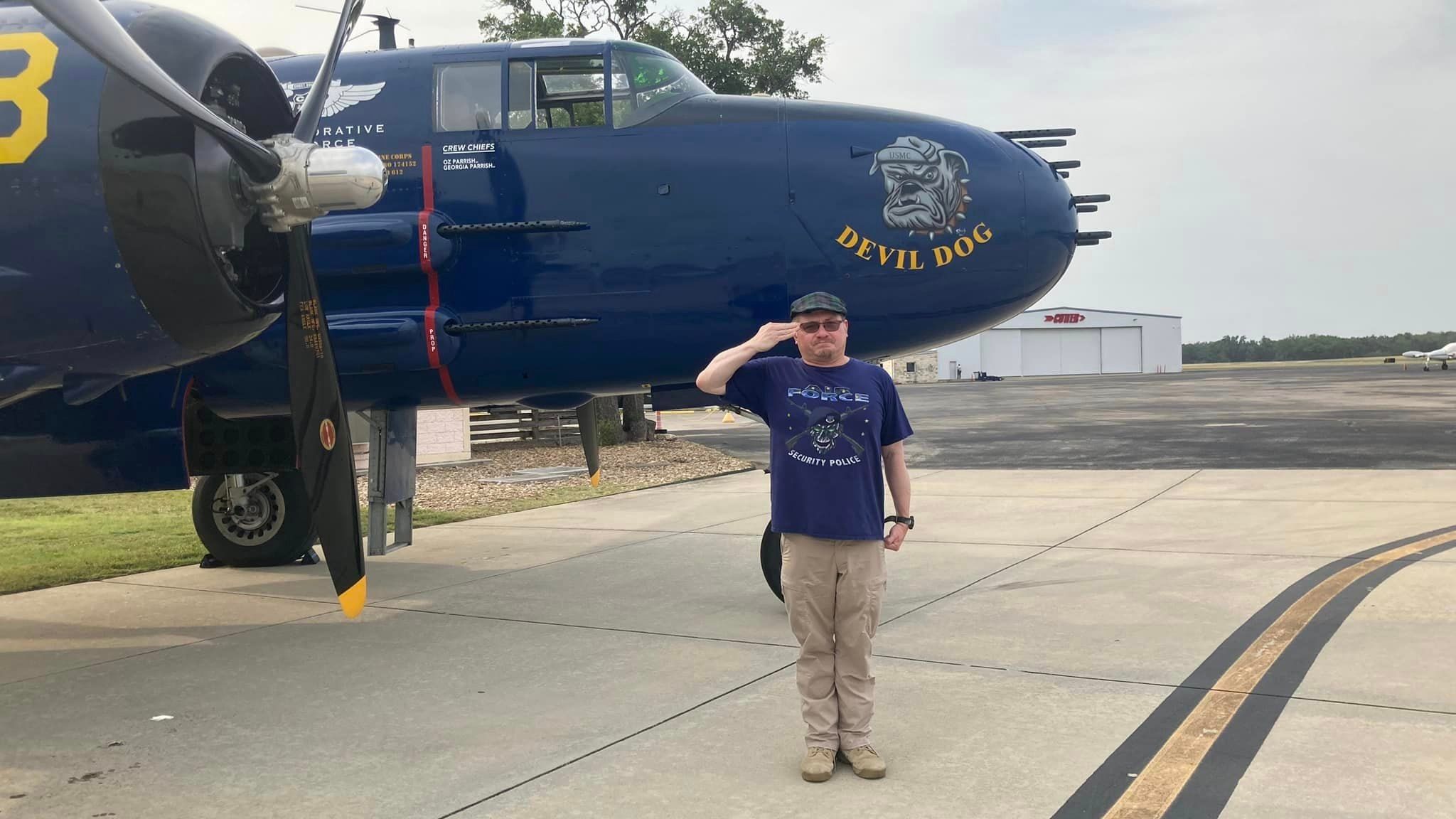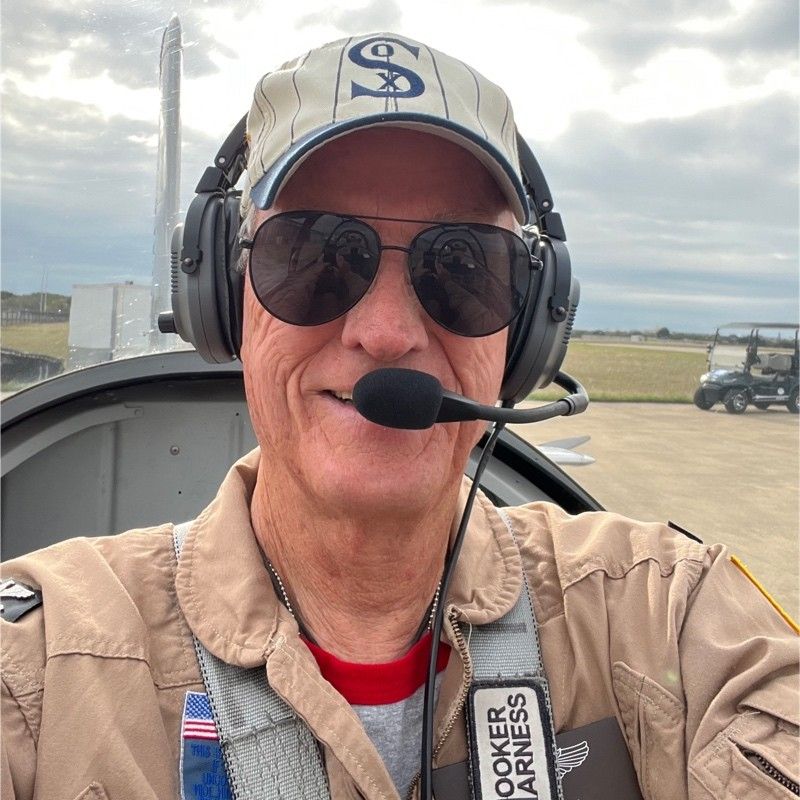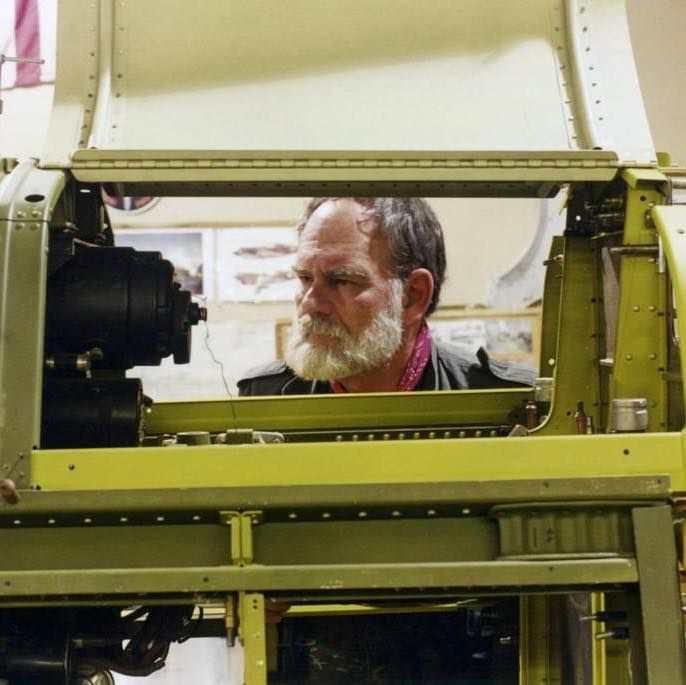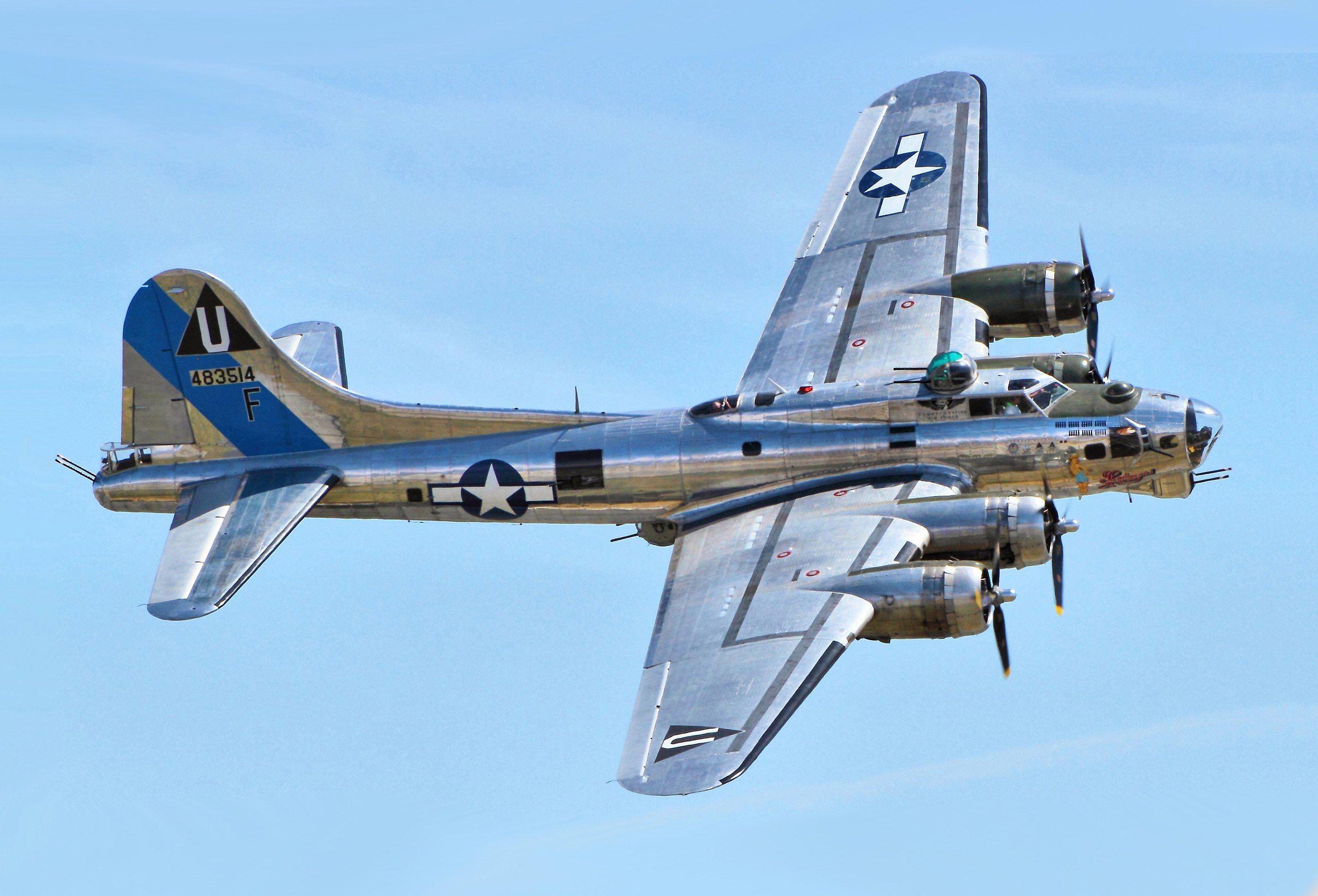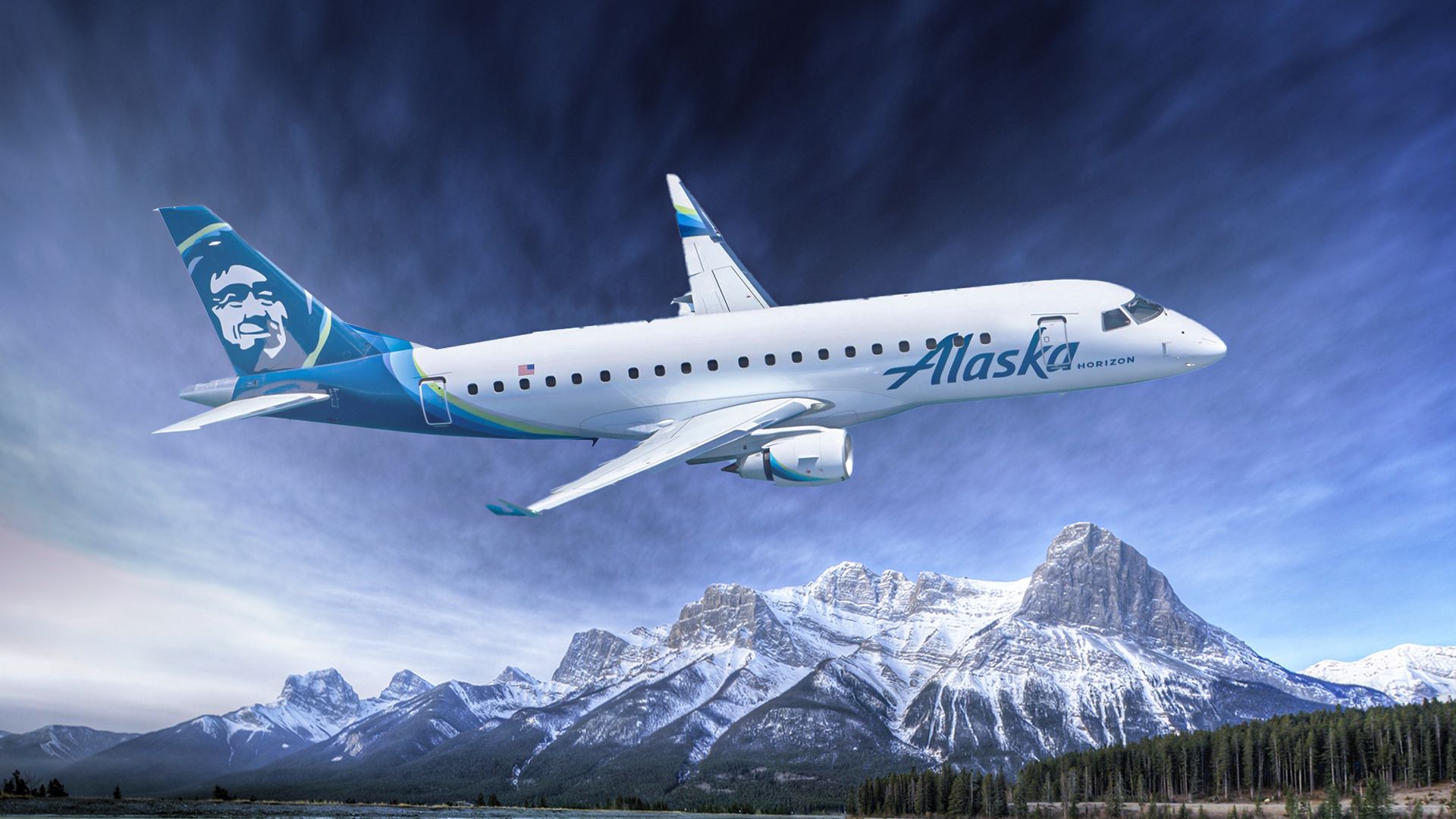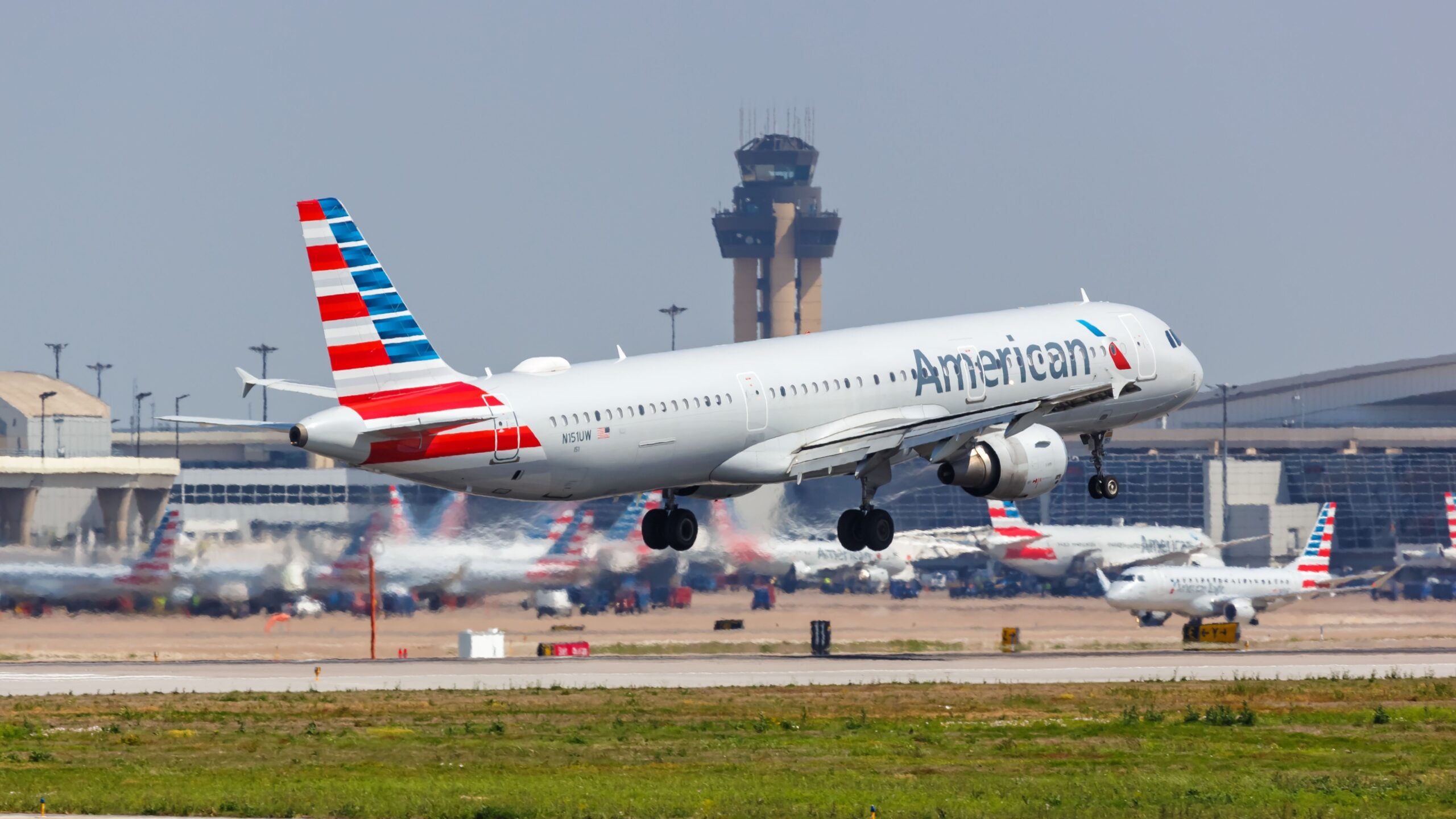Summary
- Restoring vintage aircraft, especially warbirds, is a labor of love for many, preserving history for future generations.
- Experts emphasize having a clear plan, historical research, and creative problem-solving in restoration projects.
- Riding restored WWII bombers provides a unique, memorable experience, showcasing the dedication of restoration teams.
A commonly accepted definition of the phrase ‘labor of love’ is “Work done for one’s satisfaction rather than monetary reward.” If any work exemplifies the phrase and the definition alike, it’s the restoration of vintage aircraft, especially World War II-era warbirds.
This labor of love is equal whether the aircraft is intended for static display in museums or to let them fly again. The rewards may not be monetary, but the reward of satisfaction in preserving history for present & future generations is absolutely priceless.

Related
Cool: The Vintage Aircraft Getting Preservation-Era Second Leases Of Life In New Zealand
While most vintage aircraft are restored for public displays, some return to the air.
Simple Flying got some firsthand perspectives on the hard work that goes into these projects…and the rewarding results that they reap.
Firsthand perspective #1: Rob Harvan of Commemorative Air Force (CAF)
By virtue of the fact that Yours Truly has been a proud donor to various aircraft restoration entities, such as Commemorative Air Force (CAF) and their various chapters and subsidiaries, including CAF RISE ABOVE (formerly the CAF Red Tail Squadron), I’ve been blessed to have made numerous friends and professional acquaintances among the hard-working men and women with hands-on experiences in these WWII aircraft restoration projects. One of these is Rob Harvan, a volunteer historian and correspondent with CAF.
Photo: Rob Harvan | LinkedIn
Rob was kind enough to give us some very thoughtful commentary on these labors of love. First and foremost, he says this:
“Vital Question Number One: are you restoring to ‘museum quality’ or ‘flight worthy?’”
From there, Mr. Harvan adds this:
“Find and/or develop a history of your aircraft. This helps when you come to decisions about aircraft markings … Produce a fully documented vision of what the final result will be and how to get there – which includes timing and funding – to use as a ‘go by’ document.
“Obtain original manuals or copies thereof for information on maintenance, materials to be used and diagrams of how to do things. Locate vendors who can fabricate and/or produce items needing replacement. Be open to talking with other warbird operators, but not about your spares inventory.
“Create and maintain a small group of dedicated mechanics who will do the bulk of the work but also should supervise volunteers doing more simple jobs. If the work can be done publicly use it as a tour stop and place donation boxes nearby.”

Related
Historic Aircraft Restoration: How Are They Done?
Much like works of art, historic aircraft also call for restoration and preservation.
But wait, there’s more:
“Never turn down an opportunity to add any surplus aircraft parts – even if they are not usable for your aircraft – as they have value as trade and/or sell items. (Some warbird groups don’t let visitors see there [sic] parts stocks as it can lower their value!).
“Anything you plan to do will take longer and cost more than you think. Be creative about how to restore a warbird. The folks at Lincolnshore Aviation Heritage Centre in the UK are borrowing major structural components of Lancaster bombers so they can keep their ground-based ride program in operation.”
Thanks so much for that, Rob!
Firsthand perspective #2: Kent Lentz
The next aircraft restoration expert who was kind enough to let me interview him for this article was my Facebook friend, Kentz Lentz. Now happily retired, Kent’s highly impressive professional pedigree includes the following:
- Former machinist at North American Aviation (the company best known for producing the legendary P-51 Mustang);
- Former aircraft restorer at Ed Maloney’s Planes of Fame Air Museum in Chino. Calif;
- Worked for Bob Grant at the late Great American Aircraft, which produced several Gold Wrench Awards at the big Oshkosh air shows.
- Received a NASA Triple A Award for his work on Apollo 11 back in the ‘60s.
Photo: Kent Lentz | Facebook
Here’s what Mr. Lentz was nice enough to share with me:
“Most people have no idea what goes into these warbird resurrections. When you get a group of folks that risk everything they have, including their lives, in order to honor a fallen hero and preserve accurate and significant history, it’s way beyond a simple hobby, especially when it’s a non-profit project.
“It’s just me, but I feel as though a tiny bit of the spirit of every pair of hands that helped build these planes stays with them. Project Tomahawk spent 18 years remanufacturing P-40B 41-13297 to honor the pilot that died in her crash -Lt. Kenneth Wayne Sprankle- who sacrificed his life on Jan. 24 1942.”
Regarding the late Lt. Sprankle’s plane:
“I could talk forever on that project. The bird is incredibly significant in terms of the P-40 series. It’s the oldest -40 in existence, the only American fighter that was at Pearl Harbor on 7 Dec 41 that is still in existence. The engine in her is the ONLY AVG engine in the world that is still functional.
“When you hear that beauty running you are hearing history, big time.”
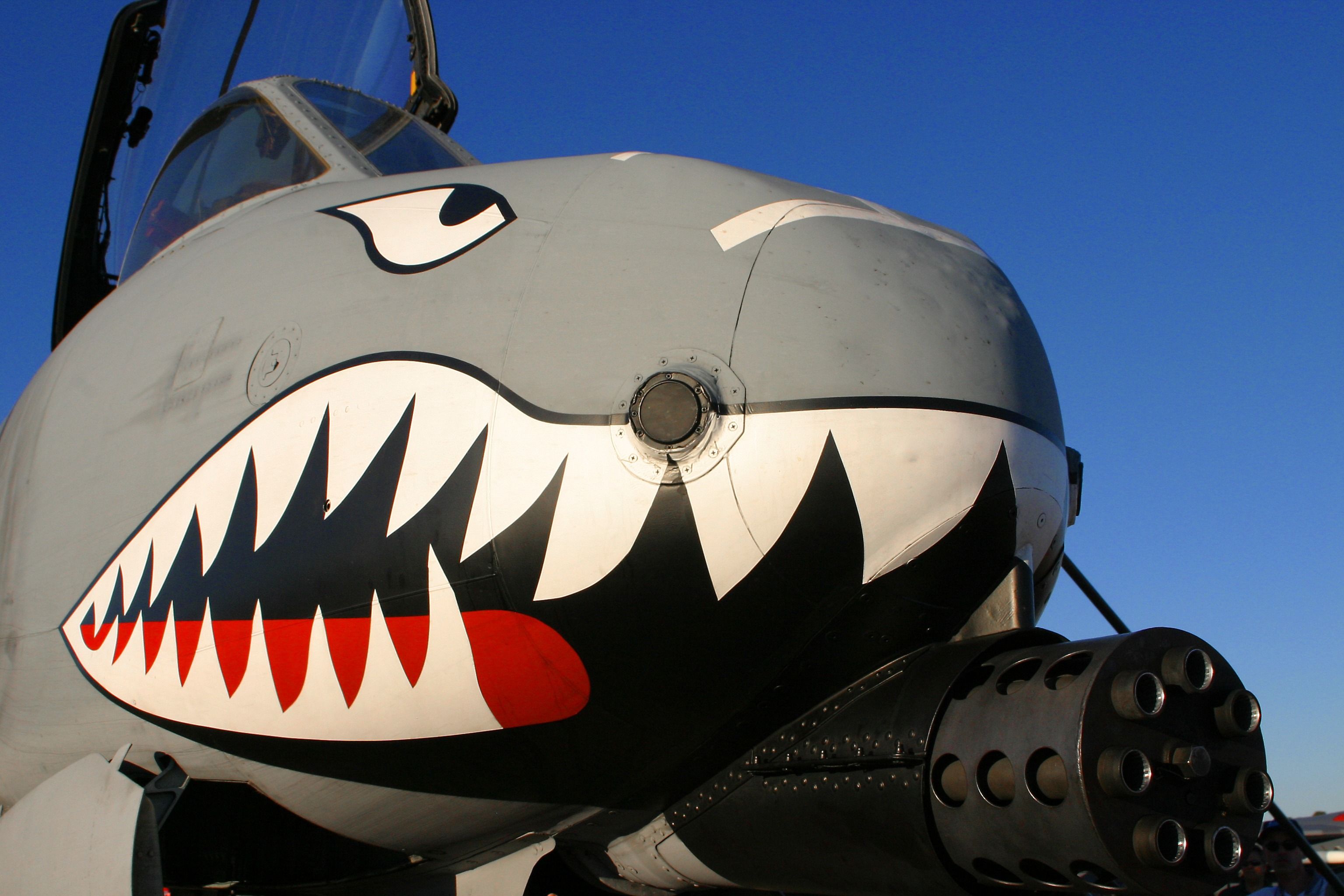
Related
Why Do Military Aircraft Have Nose Art Decals?
Military aircraft have been immortalized throughout history by their nose art. But is there more to the nose art story than mere fun and games?
Regarding that part about Kent being retired, that should not be equated with him being content to simply rest idly on his laurels. Far from it:
“My main mission now is to try and get my book on 284’s resurrection published. Been working longer on the book than I did on the plane [smiley face emoji]…”
Thanks for that, Kent! And speaking of 284, naturally, this segment of the article wouldn’t be complete without a Photo Gallery spotlighting your pride & joy:
Reaping the reward: A personal testimonial part I
Going back to what I said at the beginning of this article about the “reward of satisfaction in preserving history,” I can vouch for this from personal experience. I had the honor, privilege, and pleasure of riding in not just one, but two different WWII bombers restored by CAF.
The first such adventure took place in August 2020, when I rode in a B-17G Flying Fortress affectionately named “Sentimental Journey.” It had been lovingly owned and maintained by the Airbase Arizona chapter of CAF since 1978 (though my particular flight actually embarked out of Hagerstown, Maryland). As the chapter’s info page elaborates:
““Sentimental Journey was originally manufactured and delivered to the U.S. Army Air Forces for war service in 1944 where she flew missions in the Pacific Theater. After the war she flew for training, testing and at-sea rescue missions and was eventually sold for surplus and used as a fire bomber.”
I ended up sitting in the nose section, more specifically the navigator’s seat, while my nose section seatmate sat in the bombardier’s seat; his name was Chris (I don’t remember his surname). He was a fellow Air Force veteran of mine and, for good measure, was himself a bombardier during his flying days.
Long story short, riding the B-17 was absolutely incomparable to any commercial jet-powered flight I’ve experienced in my lifetime. For one thing, there’s something to be said for breathing natural air in mid-flight as opposed to recycled cabin air.
The purring and roaring of those Wright R-1820-97 Cyclone Turbo-Supercharged Radial engines was a song my heart could feel (to paraphrase a line from the song “Air Corps Lament”), and the view from our cruising altitude of 1,000 feet (304.8 m) was simply breathtaking.
“A picture is worth a thousand words,” as the saying goes, so using simple math here, nine pictures are worth 9,000 words (for whatever reason, my party-pooper 19FortyFive editors wouldn’t include my pics with that original story, so I’m including them now to make up for lost time):
Reaping the reward: A personal testimonial part deux
My second experience as a passenger on a CAF-restored WWII bomber was even more meaningful to me personally. As some of you may know, my Dad (God rest his soul), then-PFC Earle W. Orr. Jr. (1923-2010) served in WWII with Marine Air Group (MAG) 61 from 1943 to 1946, working as an Aircraft Armorer (Military Occupational Specialty [MOS] Code 911) and Aerial Mine Worker (MOS Code 656) on the North American B-25 Mitchell, or as the US Navy and Marine Corps officially redesignated her, the PBJ.

Related
How Many B-25 Bombers Are Still Flying?
Of the 9,000 aircraft produced, less than 40 of the medium bombers made famous by the Doolittle Raid are still airworthy.
Last year would’ve been my Dad’s 100th birthday, and thanks to the wonderful folks of the Devil Dog Squadron chapter of CAF, I got to ride in Dad’s aircraft type on Father’s Day weekend. As per their official page:
“Not many people know that the US Marine Corps flew bombers in WWII … PBJs came about by chance … They were too large for regular carrier duty … The U.S. Marine Corps, however, was looking for a medium bomber. They agreed to take the B-25s and use them for ‘night heckling’, anti-shipping missions, or close air support of beachheads and landings … The Devil Dog represents a PBJ-1J (the second J designates the model) of the VMB 612 squadron.”
This flight embarked out of Georgetown Municipal Airport in Texas. Long story short , many of the same remarks about the B-17 ride were also applicable to the PBJ experience; however, the idling time and taxiing distance for the “Devil Dog” were considerably shorter than they were for “Sentimental Journey.”
This time, I had the joy of sitting in both the top turret gunner’s seat and a jump seat directly beneath the copilot’s seat. In mid-journey. I also got to tour the entire length of the fuselage interior, including the waist guns and the tail gunner’s position.
It’s a lot narrower in real life than it looks in old newsreel footage and Hollywood movies! Our flight maxed out at an altitude of 1,200 feet (365.7 m) above ground level.
I’m eternally indebted to the ladies and gentlemen of Commemorative Air Force for these unforgettable experiences. They just make me appreciate the hard work and dedication of their restoration projects that much more!
Postscript: Various restoration projects around the world
So many exciting restoration projects are taking place all over the world to restore vintage aircraft back to their former glory, it would be impossible to mention them all. Nevertheless, here are a few of the most notable, rare aircraft currently being cared for by enthusiasts:
- Bell YP-59A “Airacomet” (first jet-powered aircraft developed by the United States) at the aforementioned Planes of Fame Museum;
- The New Zealand projects (de Havilland Mosquito and Lockheed 10A Electra) in the Simple Flying article linked at the beginning of this article;
- The last Douglas A-26 Invader ever produced in a restoration project headed up by David Fronk and Bob Schroeder, in Provo, Utah;
- A Korean War-vintage F-82 Twin Mustang restored by Tom Reilly of Douglas, Georgia.

